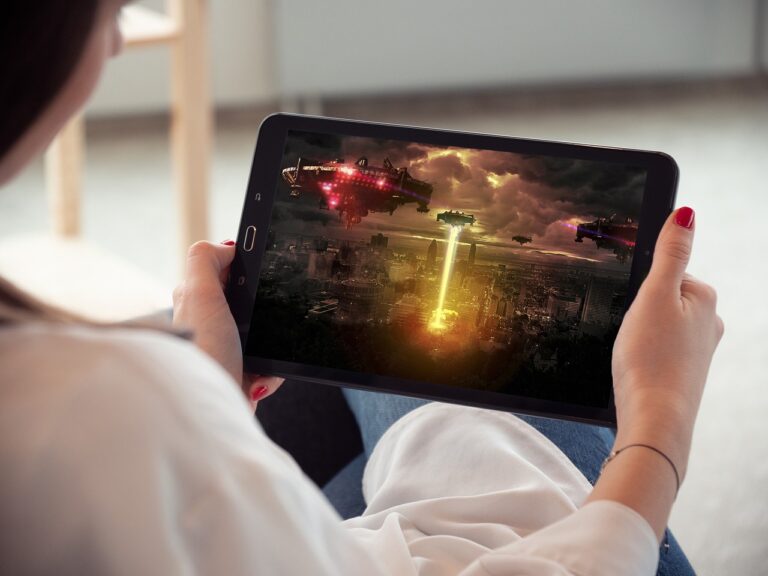The Future of Augmented Reality in Art Galleries and Museums
Augmented Reality (AR) technology has the potential to revolutionize visitor engagement in various sectors, including museums, historical sites, and tourist attractions. By integrating digital elements into the physical environment, AR can offer visitors a more interactive and immersive experience, allowing them to engage with exhibits in a dynamic and personalized way.
One of the key advantages of utilizing AR for visitor engagement is its ability to provide additional context and information about artifacts or locations in real-time. Visitors can access multimedia content, such as videos, images, and 3D models, by simply pointing their devices at a specific object or area, enhancing their understanding and appreciation of the site they are exploring.
AR technology can enhance visitor engagement by providing additional context and information in real-time
Visitors can access multimedia content like videos, images, and 3D models by pointing their devices at specific objects or areas
Enhancing the Viewing Experience Through AR Technology
Augmented Reality (AR) technology has revolutionized the way visitors engage with art and exhibits in museums and galleries. By overlaying digital content onto the physical environment, AR enhances the viewing experience by providing interactive and immersive elements that captivate the audience. Visitors are no longer passive observers but active participants in the storytelling process, allowing for a more personalized and dynamic encounter with the artwork.
Through the use of AR technology, visitors can access additional information, such as historical facts, artist biographies, and multimedia content, simply by pointing their devices at the exhibits. This creates a deeper connection between the viewer and the artwork, fostering a greater sense of curiosity and understanding. The seamless integration of technology into the viewing experience opens up new possibilities for interpretation and engagement, making art more accessible and engaging to a wider audience.
Incorporating AR as a Tool for Education and Interpretation
Augmented Reality (AR) is revolutionizing the way educational institutions approach teaching and interpretation. By integrating AR technology into educational programs, students are able to engage with content in a more immersive and interactive manner. This hands-on approach transforms traditional learning experiences into dynamic, engaging opportunities for exploration and discovery.
In addition to enhancing learning experiences, AR can also be utilized as a powerful tool for interpretation in museums, historical sites, and cultural institutions. By overlaying digital information onto physical artifacts or sites, visitors are provided with a deeper understanding of the context and significance behind what they are viewing. This interactive approach to interpretation not only enriches the visitor experience but also allows for a more personalized and meaningful connection to the subject matter.
What is augmented reality (AR)?
Augmented reality (AR) is a technology that superimposes computer-generated images, information, or elements onto the real world to enhance the user’s perception of their environment.
How can AR impact visitor engagement in educational settings?
AR can significantly enhance visitor engagement by providing interactive experiences that are both informative and entertaining. It allows users to interact with educational content in a more immersive and memorable way.
What are some examples of how AR technology can enhance the viewing experience?
AR technology can overlay additional information, 3D models, videos, or animations onto exhibits, artifacts, or locations, providing visitors with a deeper understanding and appreciation of the subject matter.
How can AR be utilized as a tool for education and interpretation?
AR can be used to create interactive educational experiences, such as virtual tours, quizzes, or simulations, that help users learn and retain information more effectively. It can also be used to provide real-time translations, historical reconstructions, or context-specific content.
What are the potential benefits of incorporating AR into educational and interpretive programs?
By integrating AR technology, educational institutions and museums can attract and engage a wider audience, including younger generations who are more accustomed to digital tools. AR can also help personalize learning experiences and make complex topics more accessible and enjoyable.







